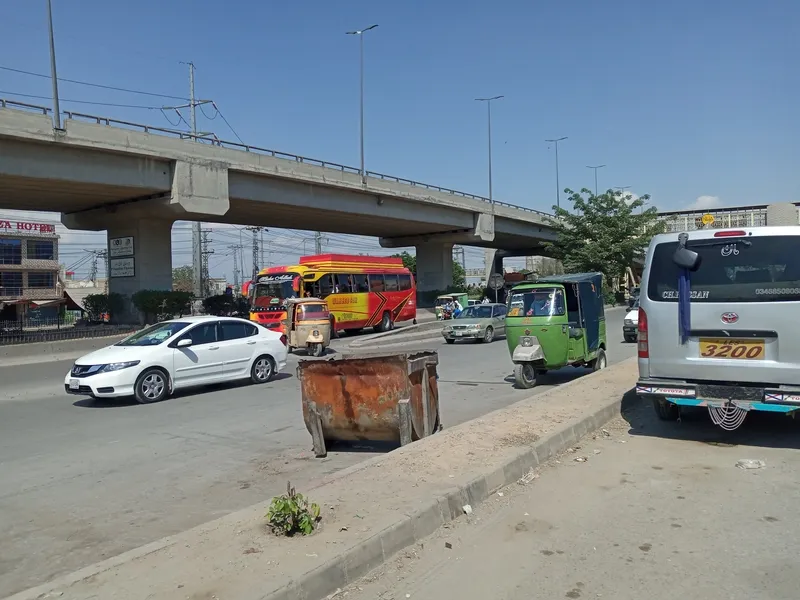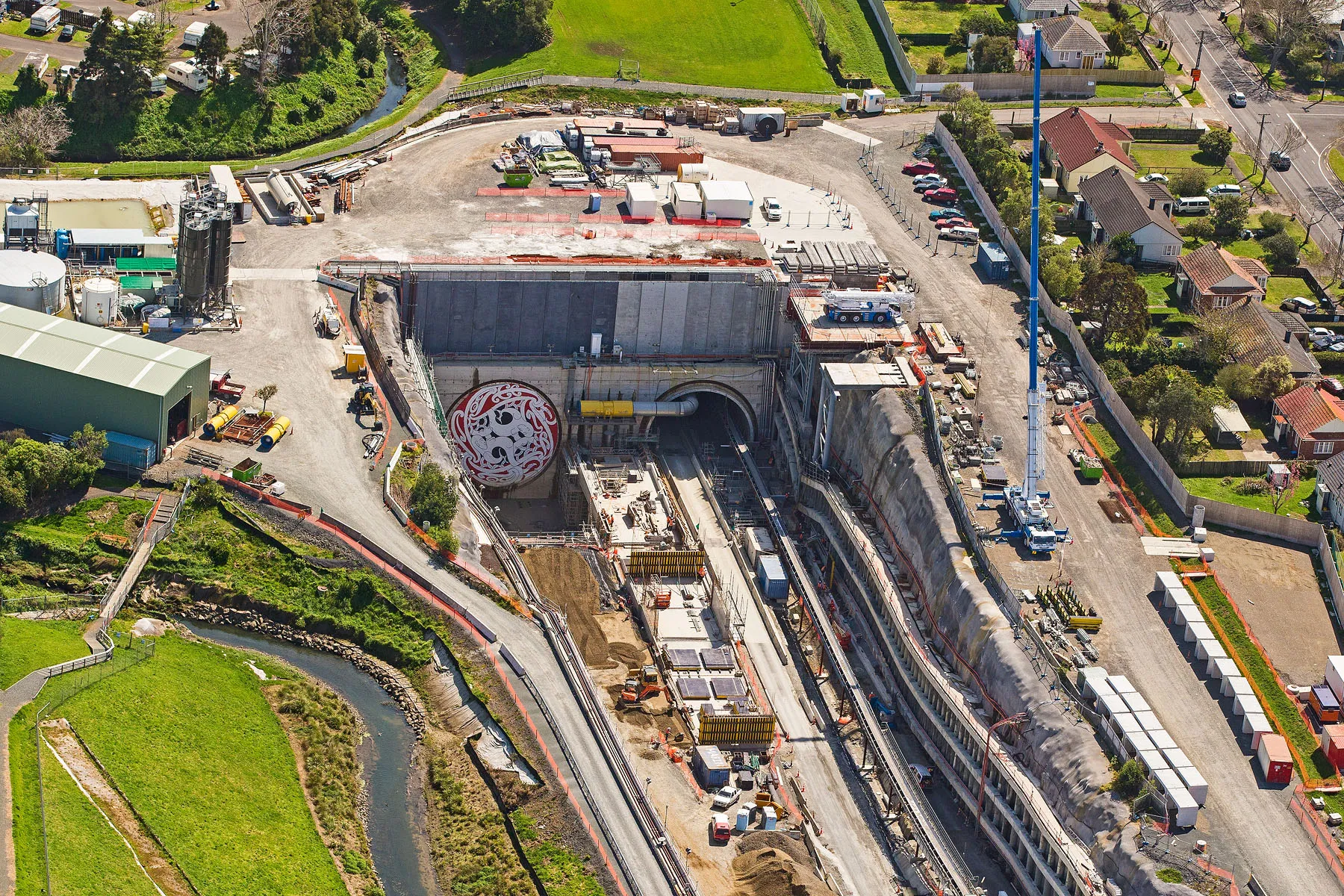
The GPO Chowk Underpass and the Nawaz Sharif Flyover in Rawalpindi, Pakistan have been inaugurated by Maryam Nawaz Sharif, the Chief Minister of Punjab, Pakistan.
The Pakistan Observer reported that the US$30m projects include the GPO Chowk Underpass, which is expected to enable the passage of over 200,000 vehicles per day along the Mall Road-TM Chowk signal-free corridor, while the Nawaz Sharif Flyover is expected to handle more than 300,000 vehicles per day. The two projects are part of 67 road projects covering 607km in the city, with 51 of them having been completed.
Work on the Nawaz Sharif Flyover started in January and the initial cost of US$7.39m (PKR2.1bn) has increased to US$12.67m (PKR3.6bn). The construction of the GPO underpass started in February with an estimated cost of US$16.18m (PKR4.6bn).
The PMLN party, which governs Punjab, says the Nawaz Sharif Flyover, beginning at Kachehri Chowk on Adiala Road, connects to GT Road, Rawalpindi Ring Road, and Chakri Interchange on the motorway, adding it will significantly cut travel time by over an hour and reduce fuel costs for thousands of commuters.
PMLN says the surrounding areas - including Gorakhpur, Adiala, Khalsa Khurd, Khalsa Kalan, Dhallan, Jarrar Camp, Dhok Awan, and Singral - will all benefit from improved traffic flow. A 2km-long service road has also been constructed alongside the flyover for enhanced accessibility.
Meanwhile, the GPO Chowk Underpass project on Mall Road, spanning around 2km, features the city’s first intelligent traffic signal system. PMLN says the underpass will facilitate smooth access from Kashmir Road to National Highway (N-5), easing commutes to major destinations such as CMH, MH, and AFIC hospitals.









